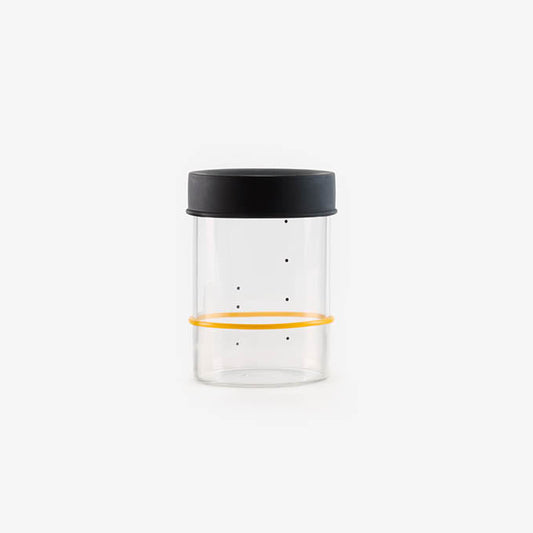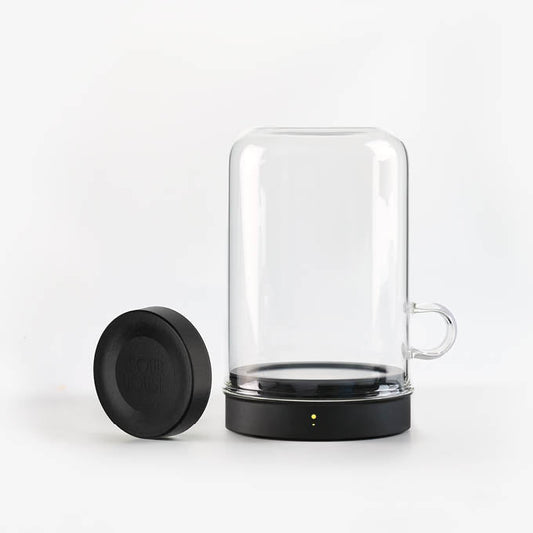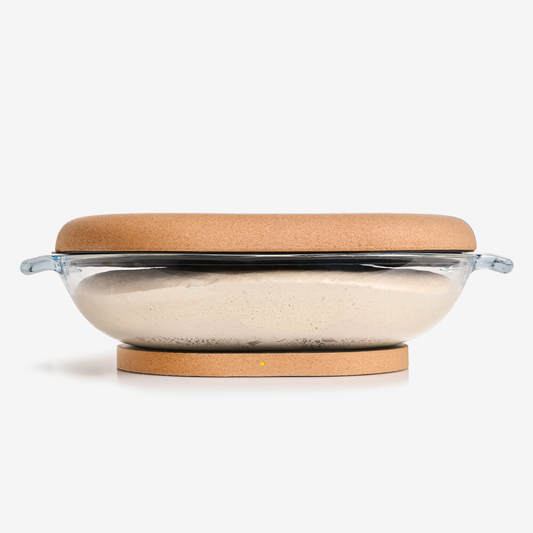Become a Rising Star: Proofing Tips for Your Best Sourdough Bread Yet
Share
One of the key secrets to crafting great sourdough bread is learning how to master the art of proofing. Proofing is a foundational step in the process of bread-making, as it affects the taste, texture and overall quality of your bread.
By now, you’ve likely used your Goldie to regulate your starter’s temperature and cultivate a robust and active starter. You’ve gone through the initial bulk fermentation phase and shaped your dough, now it’s ready for the next step, the final proof. It’s that crucial moment, where your dough needs a little solitude to undergo a final, undisturbed fermentation before meeting the oven. This is where your dough deepens in flavor, while also releasing carbon dioxide gas to create air bubbles that help produce a light and airy texture.
Here are a few key steps to proof like a pro and achieve your ideal sourdough bread:
- Cool it Down: We know, you just want to eat some bread already. But a touch of patience and you can further elevate your sourdough game. Cold proofing (also known as “retarding”), your dough in the fridge overnight will help slow down the fermentation process. This grants more time for the acids in the dough to develop and produce a more complex flavor, while enhancing the texture (think crisp crust and airy crumb). Additionally, when the dough is chilled, it becomes easier to handle and score, ensuring better oven spring during the bake. Not to mention, this method makes for a convenient schedule; busy bakers can prepare and shape their dough, refrigerate it overnight and wake up to fresh, irresistible bread in the morning.
- Look for Visual Cues: As you progress in your sourdough baking journey, you will get better at recognizing visual cues that indicate a well-proofed dough. The dough should have a network of tiny gas bubbles, a gentle jiggle, a subtle domed top and lastly, should hold an indentation during the “poke test”. To perform the poke test, once your dough has proofed overnight, give it a slight poke. If the dough springs back quickly, your dough needs a little more time. If the dough springs back slowly and incompletely, your dough is ready to bake. Finally, if the dough doesn’t spring back at all, it’s likely overproofed.
- Lean Towards Underproofing: You’ve probably seen those UFO-like sourdough loaves that mystify so many beginner bakers. These are likely victims of overproofing, resulting in a collapsed, dense and flat disc that is barely Instagram-worthy. Overproofed dough tends to lack structure, appears slack and overly soft, is excessively bubbly and gives off a sour aroma. This is why we advise learning towards a slightly underproofed dough that is more manageable and yields an improved texture, milder flavor and better oven spring during baking.




